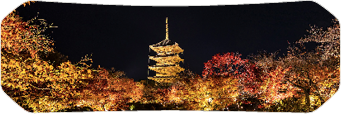Kyoto Autumn Foliage Special
-
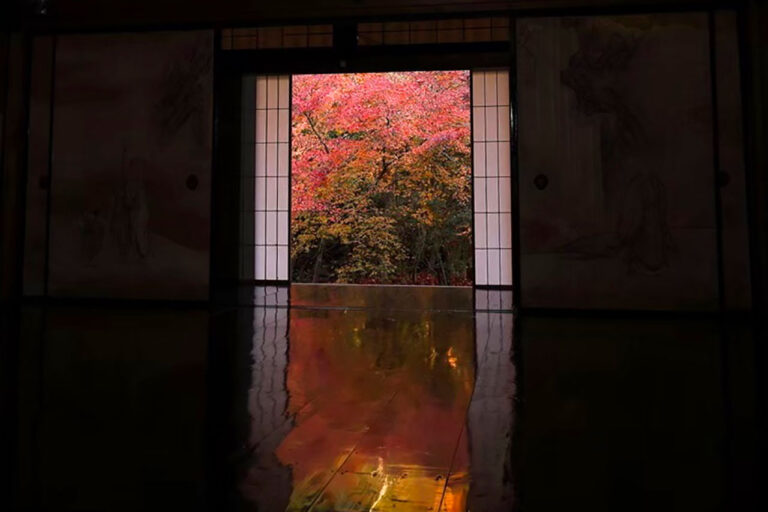
too much to see
Time: Early November to early DecemberJisso-in Temple
Founded in the Kamakura period (1185-1333), the temple was built in the Kamakura period (1185-1333). It is also famous for its autumn foliage, and the "Toko-momiji" (floor maple) reflected on the floorboards of the Kyakuden and Taki no Ma (waterfall room) is exceptionally beautiful.Google Map -
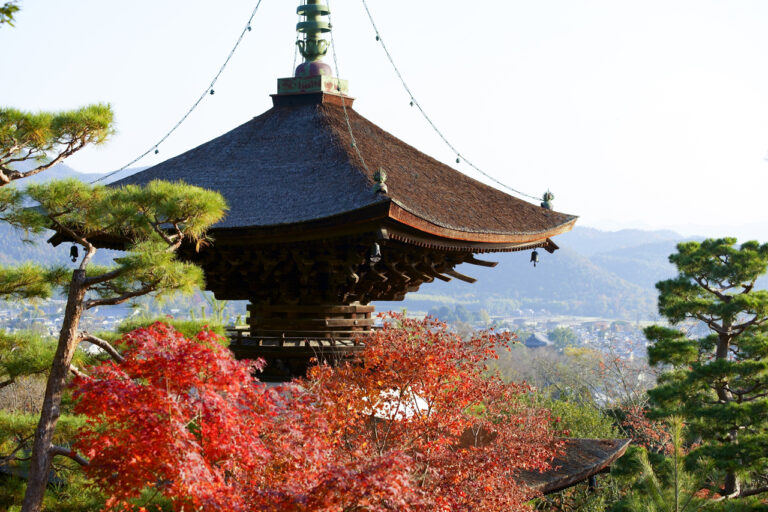
too much to see
Season Mid to late NovemberJojakkoji Temple
The name [Jojakkoji Temple] derives from a Buddhist term meaning the most idealistic of all the worlds where Buddha lives. In autumn, the approach to the temple is decorated with autumn leaves.Google Map -
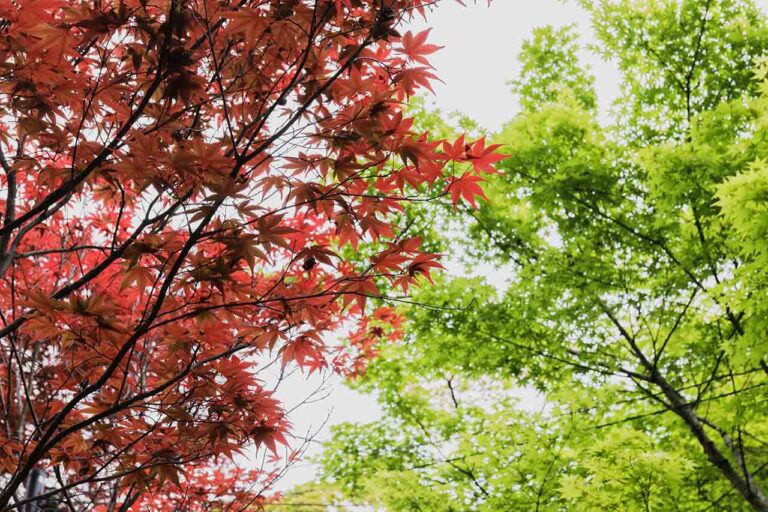
too much to see
Early November to late NovemberSaimyoji Temple
[Saimyo-ji Temple is a favorite spot for viewing the autumn leaves! The colorful autumn leaves peek out from the main hall, providing an elegant view.Google Map -
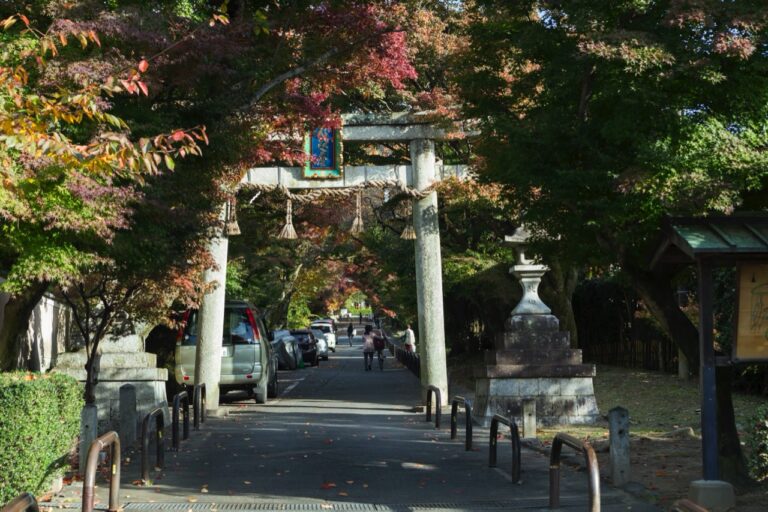
too much to see
Time of year Usually mid-November to early DecemberSagimori Shrine
Sagimori Shrine is a place where visitors can enjoy strolling throughout the four seasons, including the autumn leaves in fall, the mountain cherry blossoms in spring, and forest bathing in early summer.Google Map -
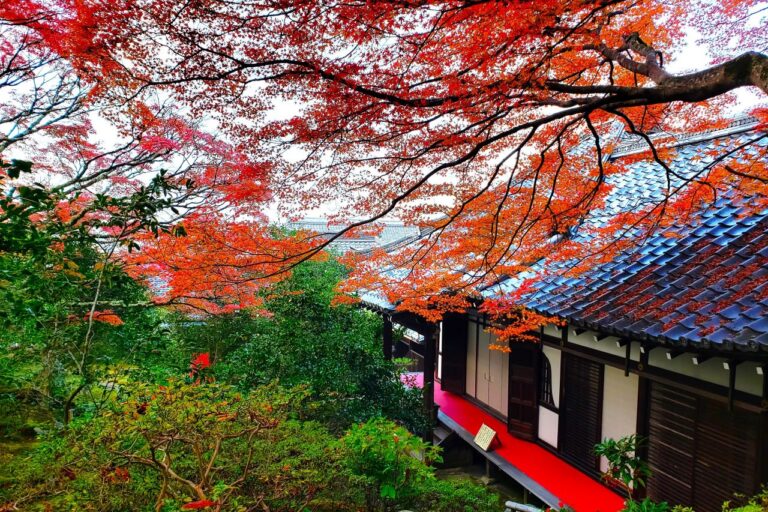
too much to see
Season Mid to late NovemberReikanji Temple
Reikanji Temple is also known as the "temple of camellias. The temple is usually closed to the public, but is open to the public twice a year, in spring and fall, when the temple grounds are decorated with azaleas and camellias in spring and Japanese maples and maple trees in fall.Google Map -
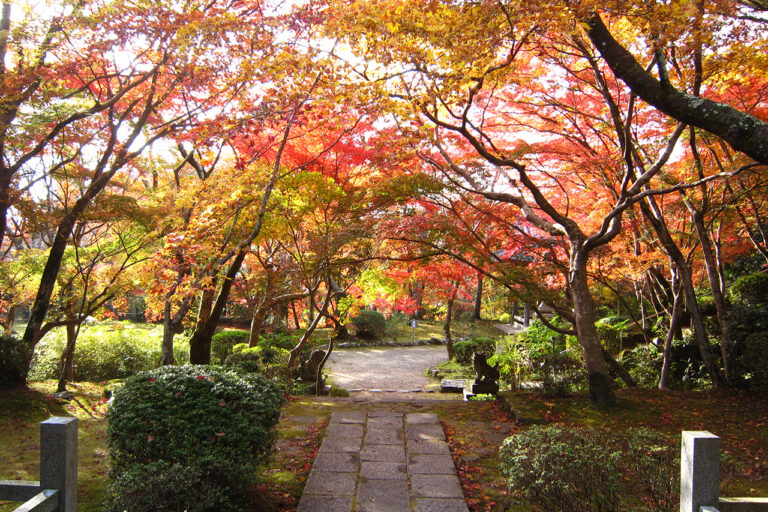
too much to see
Season Mid-November to early DecemberShojiji Temple
This temple of the Tendai sect is said to have been rebuilt by Saicho. The temple is planted with an equal amount of cherry blossoms and autumn leaves, allowing visitors to enjoy the scenery of the four seasons.Google Map -
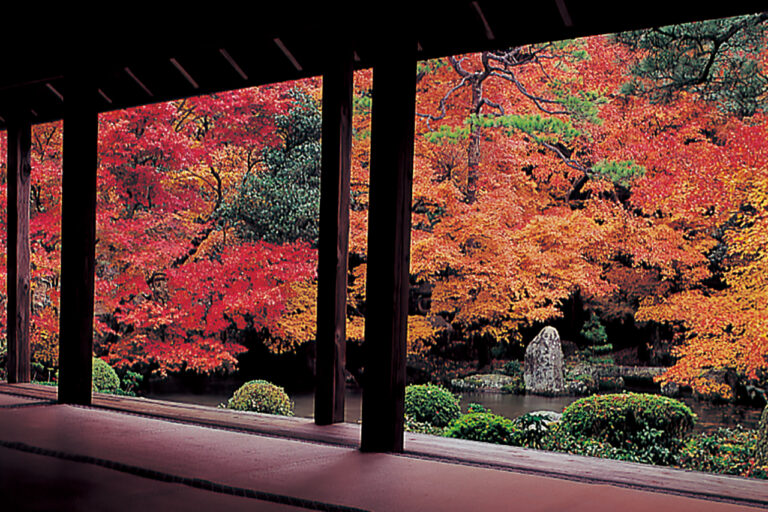
too much to see
Season Mid to late NovemberRengeji Temple
[Rengeji Temple] in Sakyo Ward, Kyoto City. During the fall foliage season, the pillars of the shoin are likened to a picture frame, and the view of the pond garden is exceptional.Google Map -
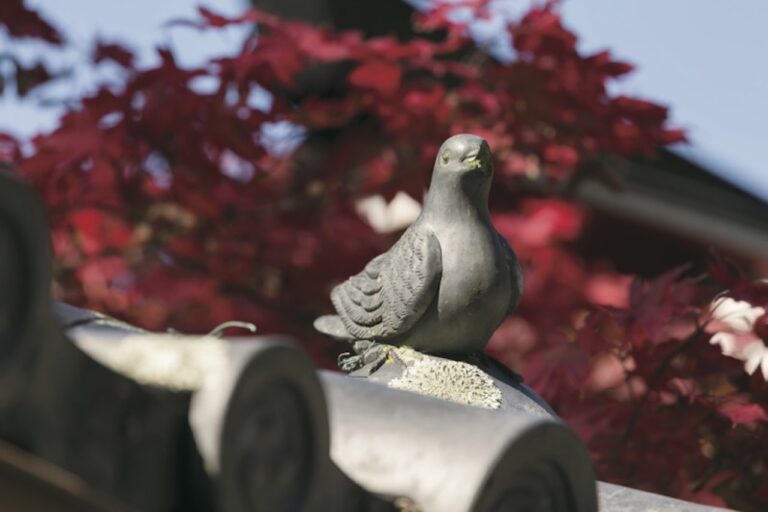
too much to see
Season Late November to early DecemberMiyake Hachiman Shrine
Miyake Hachimangu Shrine, known as a guardian deity of children, is a well-known spot for people in the know. The precincts of the shrine are enchanting in autumn colors.Google Map -
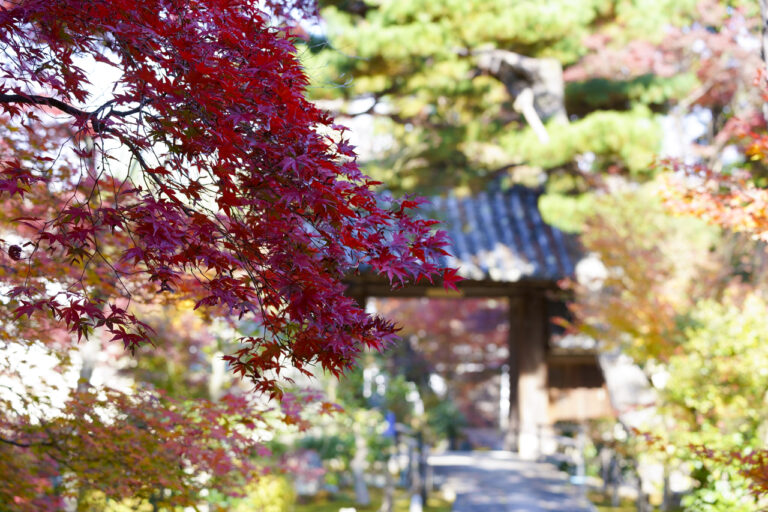
too much to see
Season: late November to early DecemberRokuo-in Temple
The origin of this temple is the pagoda of Hodananji Temple, which was built by Ashikaga Yoshimitsu in 1379. The approach straight after passing through the temple gate is a highlight of the autumn foliage.Google Map -
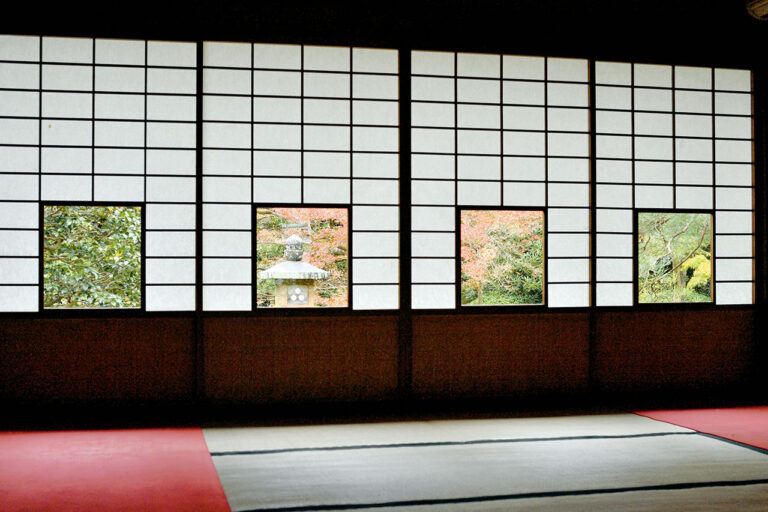
Best time to see
Season Mid to late NovemberUnryu-in Temple
Built as a branch temple of Sennyu-ji Temple. The autumn leaves can be enjoyed from the rooms with "Shikishi no mado", "Enlightenment no mado", and "Lost window".Google Map -
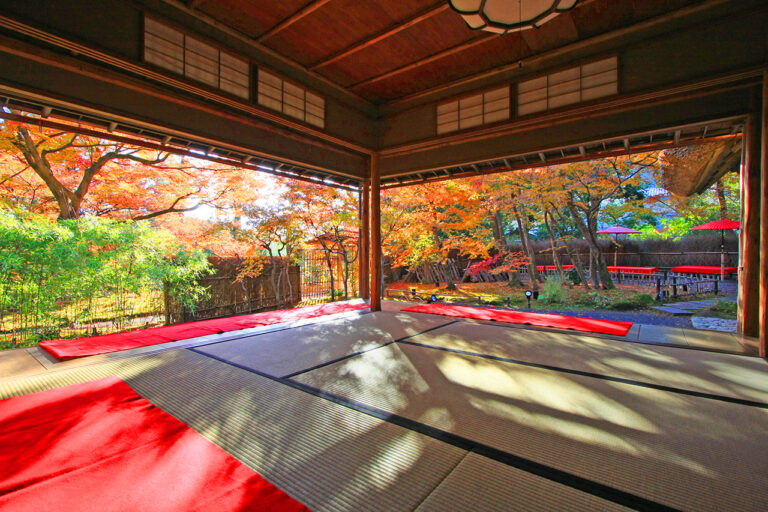
too much to see
Season Mid-November to early DecemberHogon-in Temple
One of the Tenryu-ji temple's pagoda temples. Normally closed to the public, it is open for special viewing from early October and illuminated in November during the fall foliage season.Google Map -
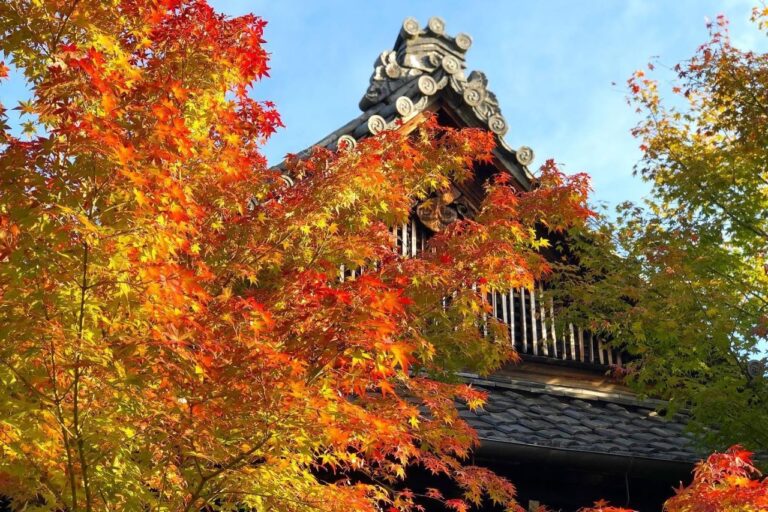
too much to see
Season Mid to late NovemberShorinji Temple
[This temple is located in the Tofukuji Temple and is called "Bishamonten of Tofukuji Temple. It is usually closed to the public, but is open to the public on special occasions in spring and fall every year.Google Map



